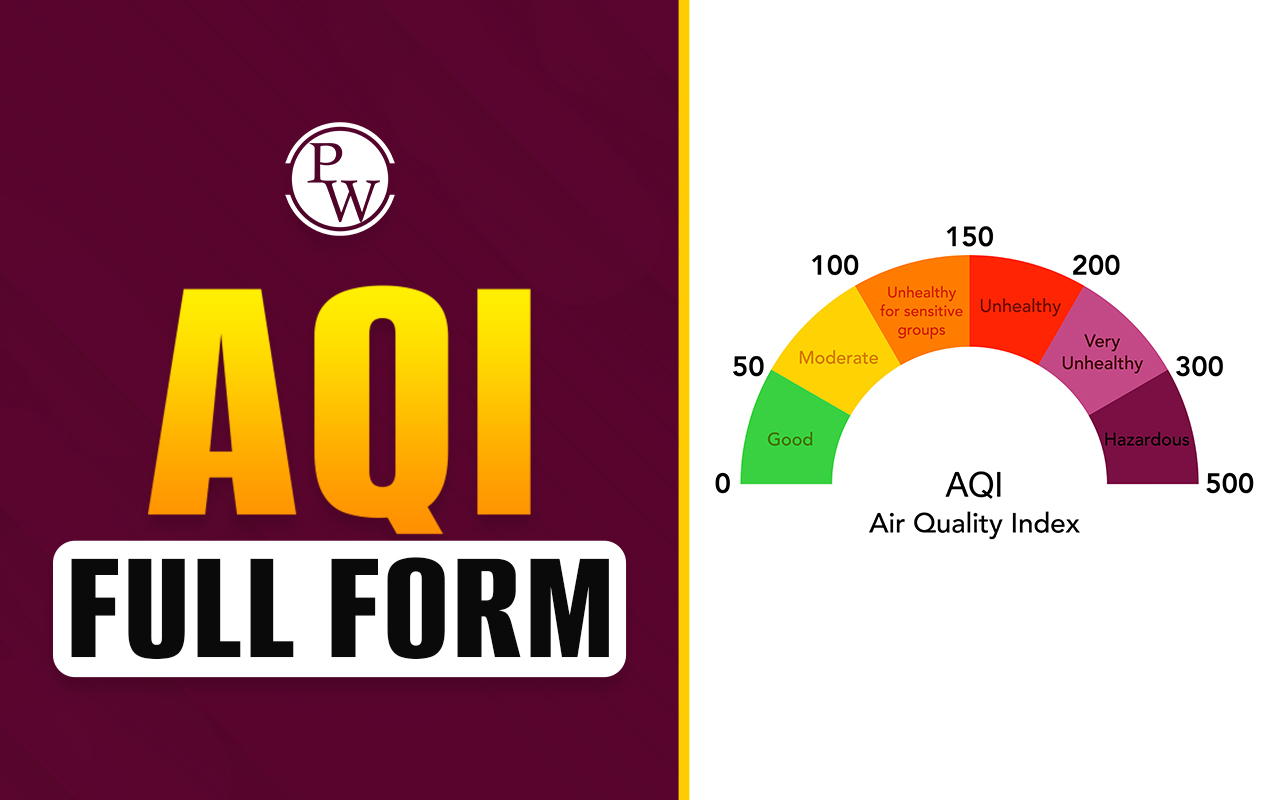

GPCR stands for G Protein Coupled Receptor. A type of transmembrane receptor found in cells. GPCRs, involved in signal transduction, which is the process by which cells receive and respond to signals from their environment. Widely distributed in various tissues and play a key role in numerous physiological processes, including vision, smell, taste, hormone regulation, and neurotransmission. GPCRs are important drug targets and are the target of approximately 30-40% of drugs currently on the market. Understanding the structure, function, and signaling pathways of GPCRs is essential for the development of new drugs and therapies for a wide range of diseases.Due to their important role in cellular signaling and disease, GPCRs are a major target for drug development, and many pharmaceuticals, designed to modulate their activity.
Structure
The structure of GPCRs consists of seven transmembrane alpha-helices connected by intra- and extracellular loops. These helices form a binding site for signaling molecules, which triggers a conformational change in the receptor that leads to the activation of downstream signaling pathways.
Function
The primary function of GPCRs is to convert extracellular signals into intracellular responses, which is accomplished through G protein signaling. When a ligand binds to a GPCR, it activates a G protein, a molecular switch that cycles between an inactive GDP-bound state and an active GTP-bound state. The G protein then activates downstream effectors such as enzymes or ion channels, leading to intracellular signaling cascades and physiological responses.
Types of G Proteins and Their Roles in GPCR Signaling
There are four main types of G proteins: Gs, Gi/o, Gq/11, and G12/13. Each type of G protein, activated by a different subset of GPCRs and triggers distinct downstream signaling pathways.
- Gs proteins stimulate the production of cyclic AMP (cAMP), a second messenger that activates protein kinase A (PKA) and other downstream effectors. Gs-coupled receptors, involved in the regulation of many physiological processes, including cardiac function, metabolism, and neurotransmission.
- Gi/o proteins inhibit the production of cAMP, and instead activate downstream effectors such as ion channels and phospholipases. Gi/o-coupled receptors, involved in a variety of physiological processes, including pain perception, regulation of the cardiovascular system, and neurotransmission.
- Gq/11 proteins activate the enzyme phospholipase C, which leads to the production of inositol trisphosphate (IP3) and diacylglycerol (DAG). Gq/11-coupled receptors, involved in processes such as smooth muscle contraction, insulin secretion, and sensory perception.
- G12/13 proteins activate the Rho family of small GTPases, which regulate cytoskeletal dynamics and cell migration. G12/13-coupled receptors, involved in processes such as angiogenesis, platelet activation, and cancer progression.
Different Class of G-Protein
There are five main classes of GPCRs:
- Class A (Rhodopsin-like): This is the largest and most diverse class of GPCRs, with over 800 members in the human genome.
- Class B (Secretin-like): This class includes receptors that, involved in the regulation of hormone secretion and metabolism, as well as stress and immune responses
- Class C (Metabotropic glutamate/pheromone): This class includes receptors that, involved in the regulation of synaptic transmission and sensory perception.
- Class D (Fungal pheromone receptors): This class includes receptors, that involved in mating and other social behaviors in fungi.
- Class E (Ciliary): This class includes receptors that mostly localized to the primary cilia, which are cellular organelles involved in sensory perception.
GPCR and Disease
GPCRs are involved in a wide range of physiological processes and are implicated in numerous diseases. Dysregulation of GPCR signaling can contribute to the development and progression of various diseases, including cancer, cardiovascular disease, and neurological disorders.
Examples of diseases that are treated by drugs targeting GPCRs
Numerous diseases that are treated with drugs targeting GPCRs. Here are a few examples:
Hypertension: Beta-blockers, which target the beta-adrenergic receptors commonly used to treat hypertension by reducing heart rate and blood pressure.
Asthma and allergies: Antihistamines, which target histamine receptors commonly used to treat allergies and asthma by reducing inflammation and preventing the symptoms of an allergic reaction.
Diabetes: Glucagon-like peptide-1 (GLP-1) receptor agonists, which target the GLP-1 receptor used to treat type 2 diabetes by increasing insulin secretion and reducing blood sugar levels.
Depression: Selective serotonin reuptake inhibitors (SSRIs), which target serotonin receptors commonly used to treat depression and anxiety by increasing levels of the neurotransmitter serotonin in the brain.
Parkinson's disease: Dopamine agonists, which target dopamine receptors used to treat Parkinson's disease by increasing dopamine activity in the brain.
[wp-faq-schema title=" Full Form of GPCR FAQs" accordion=1]
What is the full form of GPCR?
What is the role of GPCRs in the body?
What are the different types of G proteins?
How GPCRs get activated?
What are the different classes of GPCRs?
What diseases can treated with drugs targeting GPCRs?
How are GPCRs studied in research?












